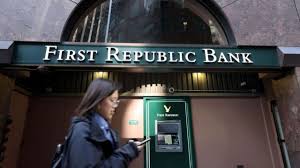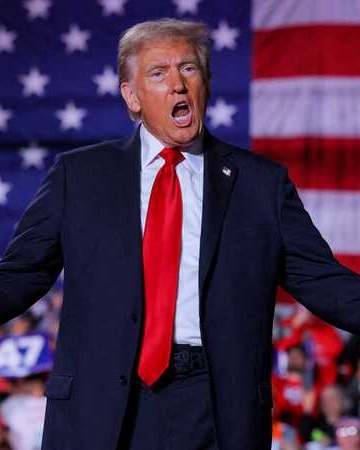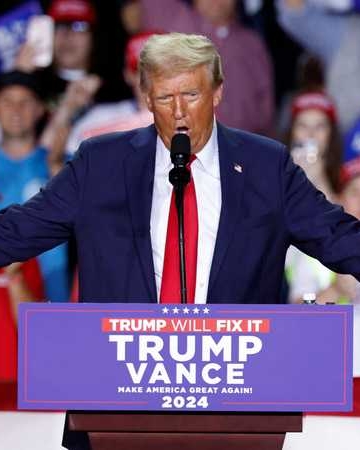The United States fears new cases of collapse after the bankruptcy of the First Republic Bank and the acquisition of “JP Morgan”, the giant American financial company, on Monday, to repeat the scene of bankruptcy in the Egyptian-American sector for the third time since last March.
A report published by the French newspaper (Le Monde) stated that after the bankruptcy of Silicon Valley Bank, at the beginning of March, and then the bankruptcy of “Signature Bank”, it was the turn of a third major financial company, which also failed during the weekend, which is First Republic Bank.The First Republic Bank was placed under the tutelage of the Federal Deposit Insurance Corporation, the federal agency responsible for guaranteeing bank deposits, and was immediately taken over by the largest US bank, JPMorgan, where JPMorgan shares rose 2.5%. directly.
In this situation, the Federal Deposit Insurance Company will lose about $ 13 billion (€ 11.8 billion) in this case, but this loss may be reduced due to the acquisition by JPMorgan, which will pay $ 10.6 billion.
And the report stated that no one had applied to buy the bankrupt bank for several weeks, which forced the Federal Authority to intervene, and there was nothing left of the shares of First Republic Bank shareholders, which amounted to nearly 50 billion euros last February.
The crisis accelerated at the end of April, when the “First Republic” revealed during its presentation of the quarterly results that its clients had withdrawn more than $ 100 billion from deposits in March, leaving only $ 75 billion in its coffers, and at that time the ingredients for bankruptcy began to appear, despite From the initial rescue plan led by major local banks, led by JPMorgan, by lending the institution about $30 billion as of mid-March. The French newspaper report believes that the current banking crisis can be explained by 3 phenomena:
Interest rates decided by the US Federal Reserve, which led to an increase in the cost of short-term loans from zero to 5% in one year, a policy that led to a decline in assets to reach 15% of bank bond portfolios. When interest rates rise and bond prices fall to adjust and provide the same return offered by the market with an increase in its costs, depositors demand higher interest rates, which causes huge losses.
These losses increased due to mistakes made by banks with weak supervision, as revealed by the first binding reports of the management of institutions and the Federal Reserve, as they put their short-term customer deposits in long-term bonds, which lost their value, and then had to liquidate their portfolios with great losses when customers withdrew their deposits, because they needed it. During the Wall Street funding crisis.
The crisis accelerated the withdrawal of deposits guaranteed by the federal state to the extent of only $ 250,000. In the age of the Internet, it is possible to withdraw your money with two clicks on your smartphone, which makes it impossible to turn off banks, and this is what caused the bankruptcy of Silicon Valley Bank, and to a lesser extent Signature Bank. Finally, the bankruptcy of the First Republic.
It is noteworthy that the First Republic Bank was established in 1985 with 7,200 employees, and it was a wealth management institution similar to Silicon Valley, and among its clients was – for example – Mark Zuckerberg, founder of Facebook.
For its part, the Wall Street Journal said that it seems unlikely that the bankruptcy of the First Republic Bank will lead to a new crisis of confidence, as regional banks lost deposits equally during the first quarter, but the declines were modest compared to $ 100 billion in withdrawals from the First Republic.
The case was deemed serious enough to allow JPMorgan to step in. Although the law prohibits a single institution from holding more than 10% of deposits in the US, the bank now has a whopping $3.2tn of solid assets.
This would crush the US market, followed by 3 other giant banks: Bank of America ($2.42 trillion in assets), Citibank ($1.77 trillion), and Wells Fargo ($1.72 trillion).
The “Le Monde” newspaper report indicated that the US practice – which guides the authorities – is for taxpayers or banks to bail out all failing institutions and guarantee all deposits, even beyond the theoretical ceiling of $ 250,000.
But in 2008, that system collapsed when no one on Wall Street or politicians was ready to bail out Lehman Brothers.
Source: Le Monde



















